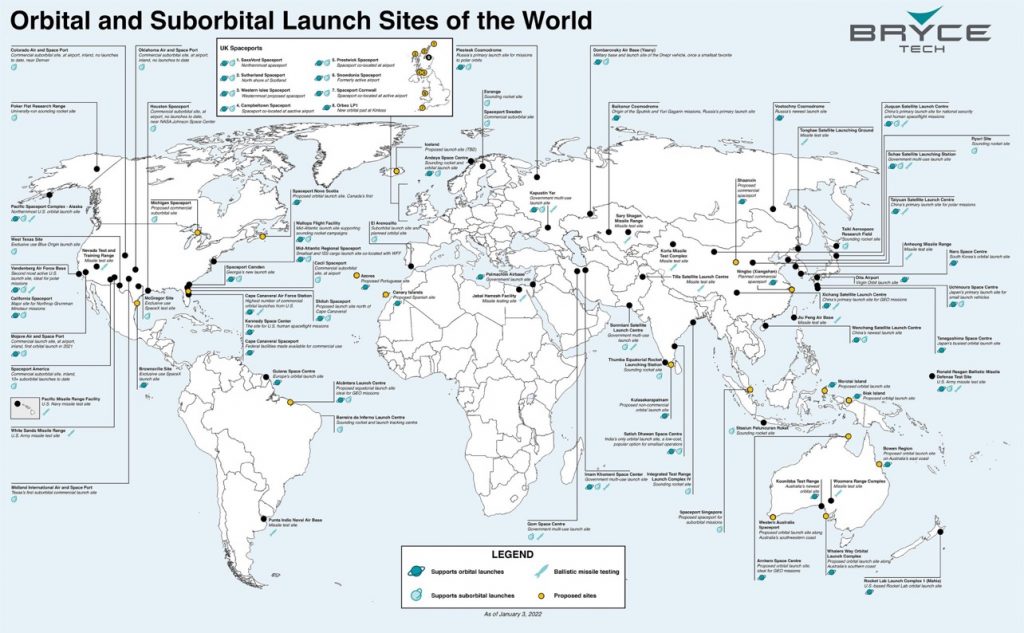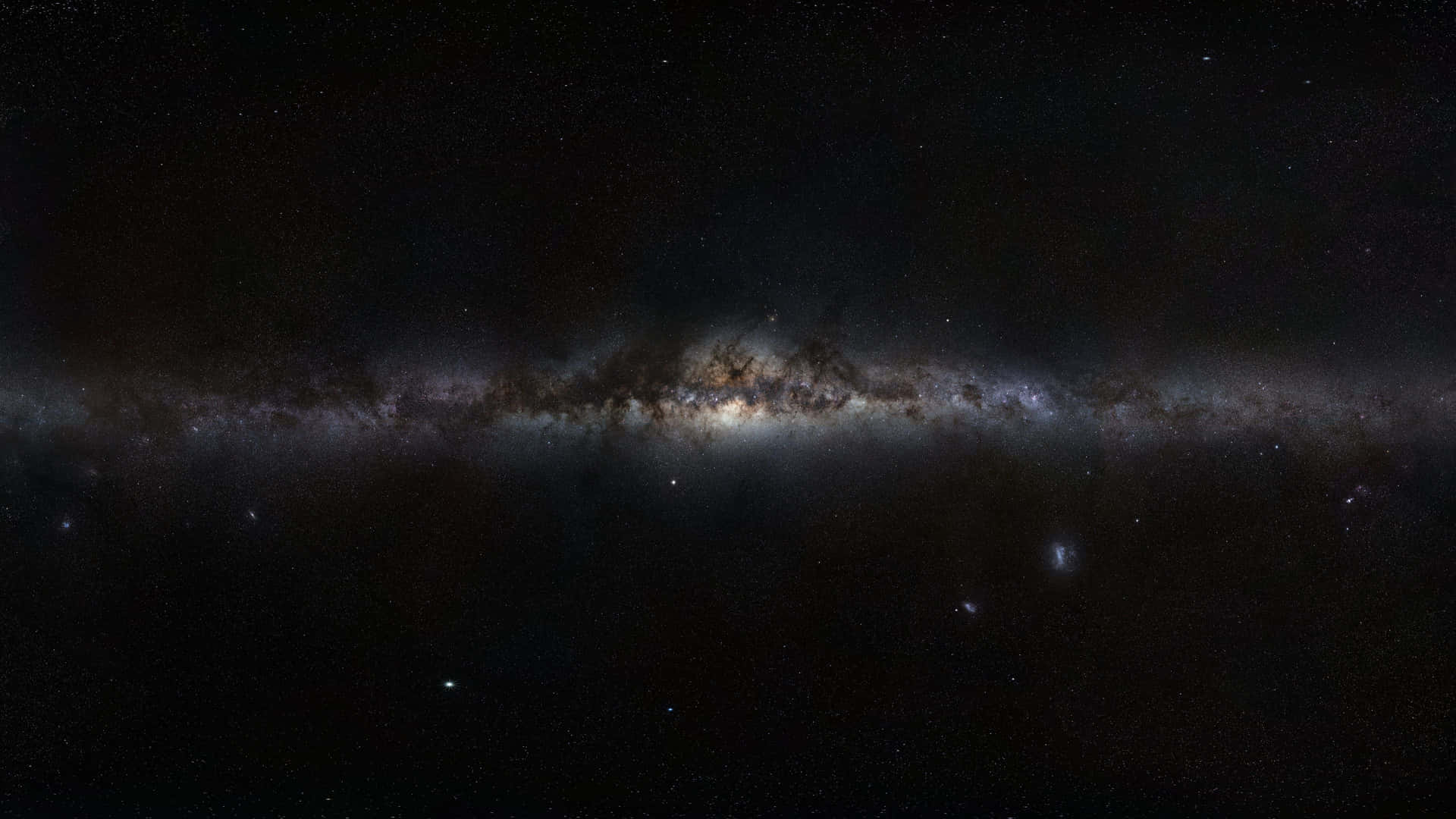Enceladus (Videos 1 /2 / 3)(27 People)
Enceladus has snow, ice (less than a mile thick), over 70 geysers, and a 25 mile deep ocean. The Space Ocean Corp goal of taking surface and subsurface level video of Enceladus’ oceans is not to find life, but to satisfy the survival instinct, and 100% guarantee there is useful water on Enceladus; & to pump/collect/or store that water into a known sized container for sale to space organizations.
Our commercial mission to Enceladus is a water collection and a photography mission for survival (rocket fuel, oxygen, drinking, radiation protection, hygiene). One gallon of water on Mars and elsewhere in the solar system is valued at $1 billion dollars per gallon. (25 Intriguing Questions About Enceladus.) We intend to collect 1,500 to 100,000 gallons of water.
- We can land a private water mission on Enceladus in the 2030s.
- After Cassini, there have been several proposed follow up missions to Enceladus:
- 2023 EMF, Enceladus Multiple Flybye
- 2022 SWIM Sensing With Independent Micro-swimmers
- 2020 Enceladus Orbilander Decadal Survey Mission pdf / Mission Concept / overview video / Initial Response to the Decadal Survey / NASEM Testimony About Decadal Survey
- 2020 Enceladus Vent Explorer
- 2017 E2T
- 2017 ELSAH, Enceladus Life Signatures and Habitability
- 2016 Life Investigation For Enceladus
- 2015 ELF, Enceladus Life Finder
- 2015 THEO, Testing the Habitability of Enceladus’s Ocean
- 2012 – Present EnEx, Enceladus Explorer, a German Space Agency (DLR) mission (English Translation of the DLR page) 2023 Update, Update 2: https://www.space.com/scientists-test-submarines-saturn-moon-enceladus
- 2011 JET, Journey To Enceladus And Titan
- Types of Equipment Proposed:
- Enceladus News (Research Gate)
- Info:
- Enceladus is very active and exciting because of the tiger stripe region on its south pole which would be a good entry point to its 25 mile deep ocean. Over 70 geysers exist on the south pole region of Enceladus which put out 250 Kg of water every second at speeds of up to 1200 mph.
- Trajectory data – An Investigation of a Mission to Enceladus and Possible Return
- 5 Lagrange Points
- pH Modeling for the Ocean of Enceladus (pdf)
- Details of Enceladus Subsurface Ocean
- Enceladus is the sixth-largest moon of Saturn.
- Article on Enceladus
- FAQ on NASA website
- TED video by Dr. Jennifer Heldmann (Bio) proposing mini submarine mission to Enceladus
- Science Objectives for Flagship-Class Mission Concepts for the Search for Evidence of Life at Enceladus
- Abundant phosphorus expected for possible life in Enceladus’s ocean
- Facts about Saturns Moons including Enceladus
- Chris McKay etal Article
Triton (Video 1)
- Mini submarine
- We’ve seen active geysers since 1989 with Voyager.
- Triton is the largest moon of the planet Neptune.
- Has an atmosphere.
- faq on NASA website
Ganymede (Video 1)
- Largest moon in the solar system.
- faq on NASA website
- Mini submarine
- Ganymede, the biggest moon in the Solar System, has layers of ice and water that are NINE HUNDRED KILOMETRES deep (559 miles). The average ocean depth on Earth is 3.7 km (2.3 miles).
Europa (Video 1)
- Elon Musk talks about ocean camera type missions on Europa
- Ridge article
- faq on NASA website
- Mini submarine
- TED video by Dr. Jennifer Heldmann (Bio) proposing mini submarine mission to Europa
Additional Media:
- Solar System Info Videos Dr. Caitlin Ahrens (Bio)
- Excellent info by NASA about Oceans In Our Solar System
- Ocean Worlds Resources by Staci L Tiedeken
- Development & Analysis of Translunar Injection Algorithms
- NIWA researchers drilling in Antartica
- Using X-rays to Melt Rock (and ice?)
- How much fresh water is on the earth
- Lakes on Mars —- Original Study
- 2023 NASA Tech Expo Abstracts
- Outer Planets Assessment Group
- Encyclopedia Astronautix
Selected Pulications:
- Exploring our Solar System through inter-disciplinary, analog research: an overview of the FINESSE, BASALT and SUBSEA programs.
- The Icebreaker Life mission to Mars: A search for biomolecular evidence for life.
- The detection of water within the LCROSS ejecta plume.
- Potential long-term habitable conditions on planets with primordial H–He atmospheres
- The ancient heritage of water ice in the solar system.
- http://primarywaterinstitute.org/
- https://www.primarywatertechnologies.com/
- China detects water on the moon surface






- All the government space agencies on Earth
- Space Force Tracking
- London Metals Exchange https://www.lme.com/en/

